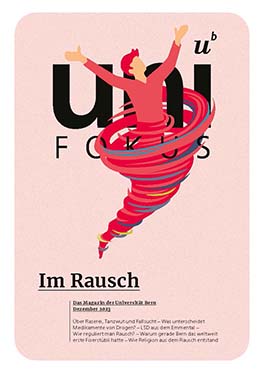A question for Juri Auderset
What is the difference between medicines and drugs?
Remedy or party drug? Historian Juri Auderset talks about the thin historical and cultural line between medical and recreational drugs.

The line between medicines and drugs is blurred. This is due, on the one hand, to the varied applications of the substances themselves, and, on the other, to the culturally variable and historically changing ways of dealing with them. Before amphetamines became today’s “party drug”, they were used at the beginning of the 20th century to treat tiredness and concentration problems. Heroin was first marketed as an extremely potent painkiller before becoming the main substance responsible for drug deaths in the 1970s. In the 1960s, LSD was still the psychedelic miracle drug of the counterculture, which was then quickly banned in most Western countries. Today, LSD is experiencing a renaissance as a drug used to treat depression and post-traumatic stress disorder. So every medicine has the potential to become a drug – and vice versa.
About the person

Juri Auderset
is an assistant lecturer for 19th and 20th century history at the Institute of History at the University of Bern. His work and research focuses on the history of labor in the 19th and 20th centuries, conceptual history and intellectual history, the history of intoxicants and recreational drugs, and the history of agriculture in industrial capitalism.
Magazine uniFOKUS

Subscribe free of charge now!
This article first appeared in uniFOKUS, the University of Bern print magazine. Four times a year, uniFOKUS focuses on one specialist area from different points of view.
Subscribe to the uniAKTUELL newsletter

Stories about research at the University of Bern and the people behind it – gripping, multimedia and free of charge.